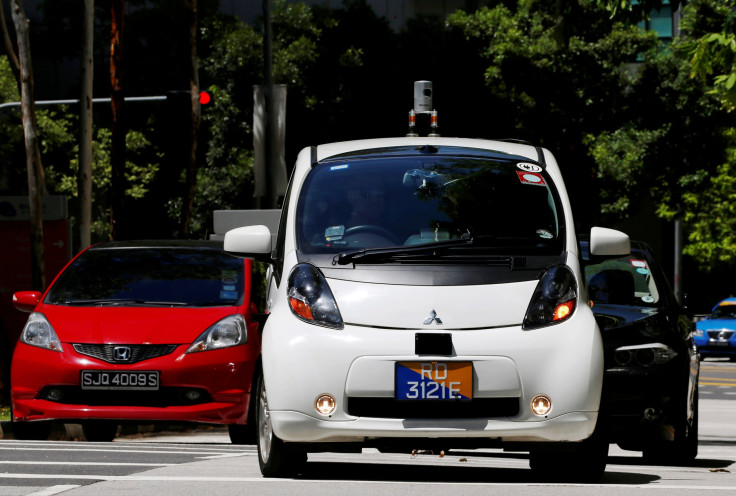This Self-Driving Technology Could Make Autonomous Cars Cheaper By Using 3D Maps

Self-driving is slowly gaining momentum with many companies investing in the technology globally. Currently, most self-driving cars use Light Detection and Ranging (LIDAR) for remotely sensing distance from oncoming objects.
A LIDAR fires beams of laser and measures the time taken by it to return to the sensor, using the knowledge to create a map the car’s immediate setting, including lanes, traffic, stop signs and traffic lights.
However, these sensors are very expensive — a Velodyne HDL-64E LIDAR sensor, used on many self-driving cars, cost $75,000, while a scaled down version called the LIDAR Puck will cost $8,000.
A new technology called Lvl5, engineered by former Tesla engineers Andrew Kouri and Erik Reed, and computer vision scientist George Tall, might contribute to making self-driven cars cheaper by replacing the LIDAR sensors.
Lvl5 converts videos collected by cameras into high-definition 3D maps, which are constantly refreshed. These maps will also continually reflect road conditions. The most important fact about the technology is that it can actually function using consumer-grade cameras. Since the 3D projection will be based on the camera feed capturing real surroundings, Lvl5 may be able to provide better mapping than LIDAR.
Read: Self-Driving Legislation Could Make Or Break Future Of The Technology
"The thing that everyone is kind of ignoring silently is that self-driving cars won’t ship unless we have really good HD maps that update every single day. And nobody has a system to do this yet. This is what we’re building,” Kouri told the Verge in an interview Wednesday.
The company,which also goes by the name Lvl5, is working on supporting a fully-functioning self-driving system without LIDAR. The founders of the company claim their technology might have a higher adoption rate than LIDAR.
“We don’t really care if LIDAR wins out or computer vision wins out. Right now we know that if we want to make self-driving cars en masse, cameras are ready and LIDAR is not,” Kouri further added.
The company is currently collaborating with Uber and Lyft drivers to crowdsource the video data using a dashcam created by Lvl5 called Payver, and paying them to mount smartphones on their dashboards and run the app, which will automatically collect not just videos, but even accelerometer GPS data. The data from individual smartphones is compressed, sent to the cloud and then to Lvl5’s central hub. The company then uses a computer vision algorithm to turn this footage into high-definition 3D maps.
Read: 5 Global Self-Driving Endeavors Including Microsoft, Baidu, Yandex And Didi Chuxing
The company claims it has got 2,500 drivers using the app, and has and developed regularly-refreshed map data for 500,000 miles of U.S. roads.
Apart from Lvl5, Tesla is also working on a similar technology — the company started using its cars’ external cameras to spot traffic lights, lanes and street signs to improve its autonomous technology.
© Copyright IBTimes 2024. All rights reserved.




















